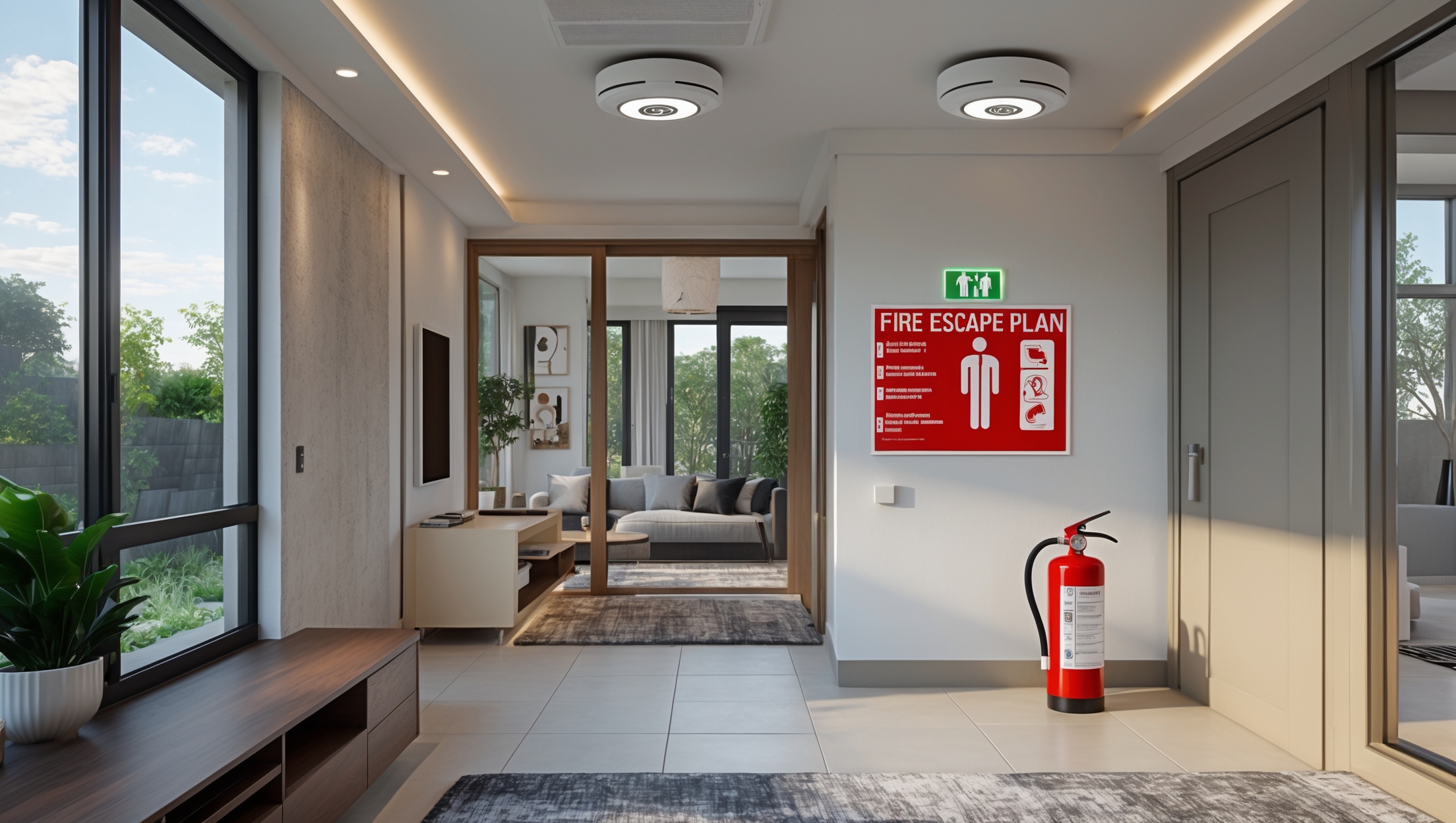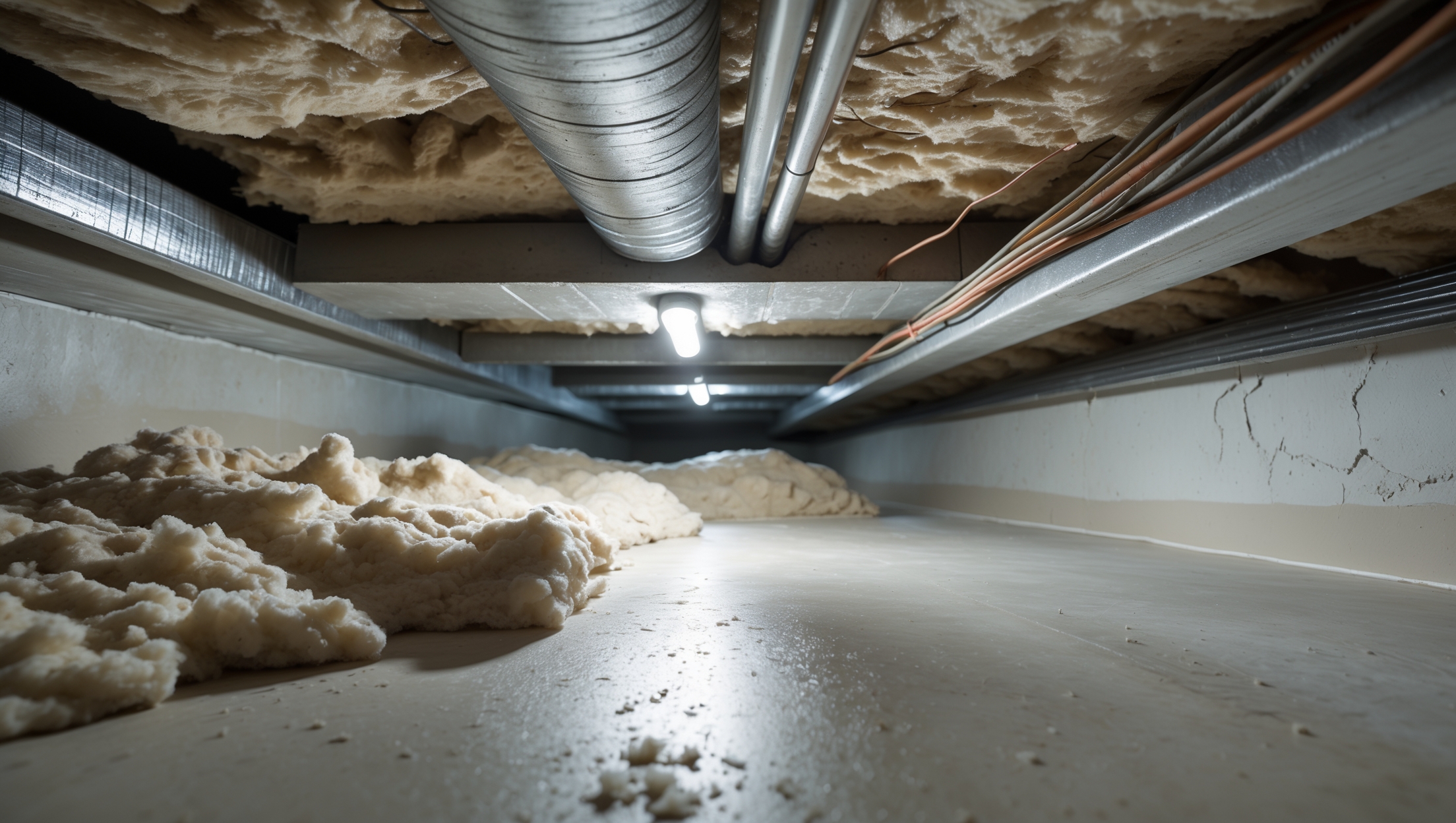Introduction: Why Home Fire Safety Upgrades Matter
Every year, thousands of households face fire-related emergencies that could have been prevented or minimized with proactive fire safety planning. While smoke alarms and fire extinguishers are often required by building codes, many homeowners overlook the full spectrum of fire safety upgrades available today. Investing in modern fire safety measures not only protects your property but also provides peace of mind for your family. In this comprehensive guide, we’ll break down the costs of major fire safety upgrades, walk you through the installation of essential equipment, and highlight maintenance routines that keep your home protected year-round. Whether you’re a first-time homeowner or looking to enhance your existing safety measures, these actionable steps will help you create a safer living environment without overspending. Let’s dive into how you can future-proof your home against fire risks with practical, expert-backed advice.
Understanding the Real Risks: What Most Homes Overlook
Many homeowners believe that a single smoke detector and an outdated fire extinguisher are sufficient protection. However, modern homes feature open layouts, synthetic furnishings, and advanced electrical systems that increase fire risks. Commonly overlooked hazards include overloaded outlets, neglected dryer vents, and missing fire barriers in attics or garages. Additionally, rural homes may face unique challenges such as delayed emergency response times or limited access to municipal water. Addressing these realities requires a layered approach to fire safety—one that goes beyond the basics.
Cost Breakdown: Planning Your Fire Safety Upgrade Budget
Smoke and Carbon Monoxide Detectors
- Basic battery-operated detectors: $15–$40 each
- Hardwired, interconnected models: $40–$90 each (plus electrician fees if retrofitting)
- Combination smoke/CO detectors: $30–$120 each
- Smart detectors with app integration: $80–$200 each
- Installation (pro, per unit): $50–$150
For a typical 3-bedroom, 2-story home, expect to install 5–8 detectors. Total estimated cost: $150–$1,400, depending on chosen models and professional installation needs.
Fire Extinguishers
- Multipurpose (ABC) extinguisher: $30–$60 each
- Kitchen (K-class) extinguisher: $50–$120
- Professional installation (optional): $20–$50 per unit
Recommended locations include the kitchen, garage, laundry room, and each floor. Budget $100–$300 for a typical home.
Fire Escape Ladders
- Two-story ladder: $40–$100 each
- Three-story ladder: $75–$150
Keep one ladder in each upper-floor bedroom. Total cost: $80–$300 depending on home size.
Fire Doors and Barriers
- Fire-rated interior door: $150–$500 (plus installation)
- Garage-to-home fire door: $300–$800
- Professional installation: $250–$500 per door
Upgrading key doors can cost $400–$1,200 per entry.
Sprinkler Systems
- Standalone residential system: $1.50–$5.00 per sq ft (new build)
- Retrofit: $5.00–$12.00 per sq ft
- Maintenance (annual): $150–$300
Whole-home retrofits are costly but may be justified in high-risk or luxury properties. Typical cost for a 2,000 sq ft home: $10,000–$24,000 for a retrofit.
Other Essentials
- Fire blankets: $15–$40 each
- Surge protectors: $10–$40 each
- Fireproof safes: $50–$600
- Exit signage/emergency lighting: $20–$100 per unit
Plan for $100–$400 for a complete set of these additional items.
Step-by-Step Guide: Installing Key Fire Safety Upgrades
1. Smoke and Carbon Monoxide Detectors
- Choose the right locations: Install detectors in every bedroom, outside each sleeping area, and on every floor (including basements).
- Mounting: Ceiling placement is preferred; wall-mounted units should be 4–12 inches from the ceiling.
- Interconnected systems: For optimal safety, use interconnected alarms so all units sound if one detects danger.
- Testing: After installation, test each unit and connect to smart home systems if applicable.
2. Fire Extinguishers
- Types: Use ABC-rated extinguishers for most locations; add K-class to kitchens.
- Mounting: Place in visible, accessible spots—avoid hiding in deep cabinets.
- Height: Mount so the handle is about 3–5 feet from the floor.
- Instructions: Ensure all household members know how to operate each extinguisher (PASS: Pull, Aim, Squeeze, Sweep).
3. Fire Escape Ladders
- Placement: Keep in or near each upper-floor bedroom, still in the box for easy deployment.
- Practice: Review usage with family members but avoid full deployment unless in an emergency to prevent damage.
4. Fire Doors and Barriers
- Identify critical paths: Upgrade doors leading from garages, basements, or utility rooms to the main house.
- Professional installation: Fire doors are heavy and require proper sealing for full effectiveness.
- Self-closing feature: Ensure doors have self-closing hinges or devices.
5. Sprinkler Systems
- Consult a professional: Sprinklers are best installed during new construction or major renovations.
- Water supply: Confirm adequate water pressure and municipal code compliance.
- Maintenance plan: Arrange for annual inspection and testing.
6. Additional Upgrades
- Fire blankets: Store in the kitchen and laundry room for quick response to small fires.
- Surge protectors: Use for electronics, especially in home offices or entertainment centers.
- Exit signs/emergency lighting: Install near exits for visibility during smoke or power outage.
Essential Fire Safety Maintenance Checklist
- Test smoke and CO detectors monthly.
- Replace batteries every six months (or as directed).
- Replace all detectors every 7–10 years or as recommended by the manufacturer.
- Inspect fire extinguishers quarterly: Check pressure gauge, nozzle, and expiration date.
- Clean dryer vents and lint traps every 3–6 months.
- Review and practice fire escape plans twice a year with all household members.
- Schedule annual sprinkler system inspections if installed.
- Keep escape routes and exits clear of obstructions at all times.
- Check and replace surge protectors every 3–5 years, or after a major power event.
- Update fire safety plans after renovations or changes in household members.
Planning for Compliance and Insurance Requirements
Local building codes may dictate the minimum number and placement of smoke alarms, especially for home sales or rentals. Always check your city or county regulations before starting upgrades, particularly when adding hardwired detectors or fire doors. Some insurance companies offer discounts for homes with sprinkler systems, interconnected alarms, or monitored smart detectors. Document your upgrades with photos and receipts and inform your insurer to maximize potential savings.
Debunking Common Fire Safety Myths
- Myth: “I don’t need carbon monoxide detectors if I have all-electric appliances.”
Fact: CO can also come from attached garages, fireplaces, and portable generators. - Myth: “One fire extinguisher is enough.”
Fact: Multiple extinguishers are needed for quick access in various locations. - Myth: “Sprinklers will cause more damage than the fire itself.”
Fact: Modern sprinklers activate only where heat is detected and use far less water than firefighters’ hoses. - Myth: “Smoke alarms don’t need to be replaced if they still beep during tests.”
Fact: Sensors degrade over time; replace as recommended.
Case Study: Transforming Fire Safety in a 1970s Split-Level Home
Consider the Johnson family, who recently purchased a 1970s split-level with aging smoke detectors and no fire barriers between the garage and living space. After a safety audit, they invested $900 in new interconnected smoke and CO detectors, $200 on multipurpose fire extinguishers, $120 on two fire escape ladders, and $780 to upgrade the garage door to a fire-rated model. Installation was a mix of DIY and professional help for hardwired alarms and the heavy door. Within the first year, a kitchen grease fire was quickly contained with the extinguisher, and the interconnected alarms helped the family evacuate safely. Their insurance premiums dropped by 8% after submitting proof of upgrades. The Johnsons now conduct regular fire drills and have clear, practiced escape plans for each family member, demonstrating the tangible value of a comprehensive fire safety investment.
Conclusion: Building a Safer Future for Your Home
Fire safety is an investment that pays off not just in property protection, but in saved lives and lasting peace of mind. Upgrading your home’s fire defenses doesn’t have to be overwhelming or expensive when you break the process into manageable steps. Start with the essentials: interconnected smoke and carbon monoxide detectors, accessible fire extinguishers, and clearly marked escape routes. For added security, consider fire-rated doors and, if feasible, a residential sprinkler system. Remember that installation is only the beginning—ongoing maintenance and regular safety drills ensure your upgrades remain effective. Stay informed about local codes and insurance incentives to maximize both compliance and financial benefits. By taking a proactive approach today, you set your family up for safety and resilience in the face of unforeseen emergencies. Don’t wait for a close call to make fire safety a priority—start planning your upgrades now, and sleep easier knowing your home is truly protected.




